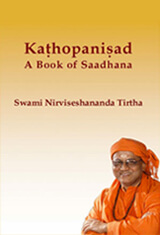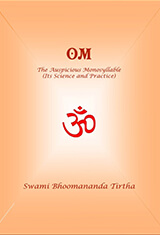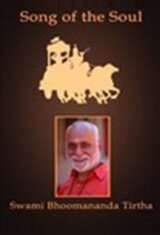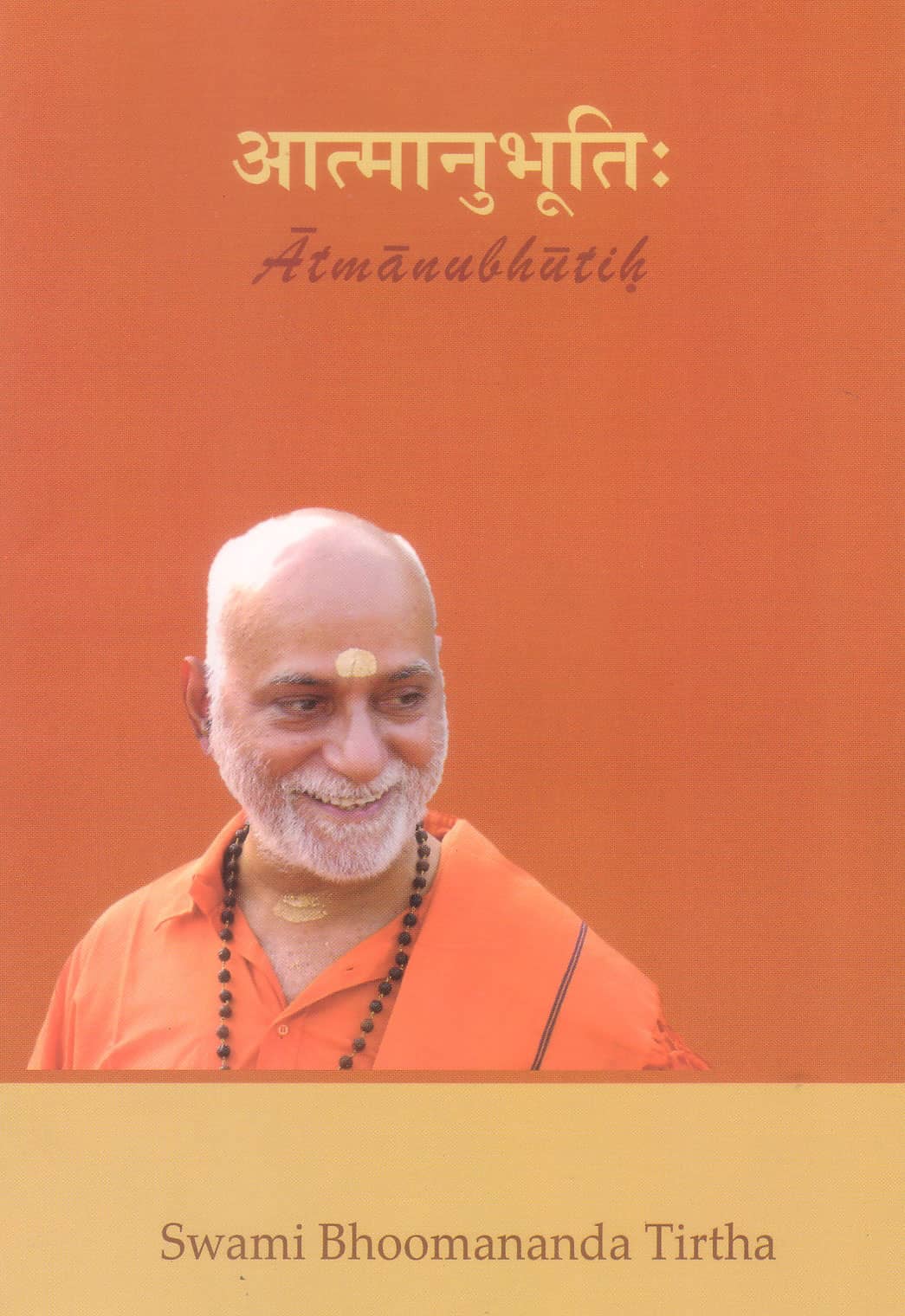Resources
Our Land and Our Literature
Swami Bhoomananda Tirtha
Starting from the Himalayas (in north) till the Indusarovaram (in south), this subcontinent created by God is called Hindusthana.
…Our ancient literature, written in Sanskrit, emerged many millennia ago. Sanskrit is such a perfected language that even now it remains the same. The texts composed thousands of years ago are still available for us to read and understand in the same manner in which they were written. This is an unparalleled greatness of our country.
Nowadays we find so many names being changed. Anglicized versions are being traced back to their native origins. But ‘India’, as a word, has not apparently been studied or corrected. I do not imply that we should change it tomorrow. But our National integrity warrants that we should go into the matter and find out where lay the genesis of the word ‘India’, what was our true name, which lent itself to this non-patriotic mutation.
We are the longest living civilization on earth. Our country stretches from the Himalayas to Kanyakumari. This fact is documented in some of the eternal literature:
हिमालयात्समारभ्य यावदिन्दुसरोवरम्
तद्देवनिर्मितं देशं हिन्दुस्थानं प्रचक्षते
– Brahmavaivarta Purana
Starting from the Himalayas (in north) till the Indusarovaram (in south), this subcontinent created by God is called Hindusthana.
Here, the word ‘Hindu’ is formed by the first letter of Himalayas (Hi) and the second letter of Indu (ndu) sarovara (lake). On the north we are sheltered by the Himalayas. On the other three sides we are encircled by the sea. This wonderful place called Hindusthana, we hold, is built by God (deva-nirmitam desham). Of course, the entire earth, all the celestial bodies, are handiwork of God, the supernatural power. But by reminding us specially that this land is ‘built by God’, our ancestors had displayed their dexterity of associating everything with the divine. That is our culture. Those who live in this place are called Hindus.
When the words ‘Hindu’ and ‘Hindusthana’ are thus explained, even a child will imbibe the right identity and bond. ‘Jai Hind’ then will have a deeper National significance…
– From the book–“Restoring India to her Glory”
“When the words ‘Hindu’ and ‘Hindusthana’ are thus explained, even a child will imbibe the right identity and bond. ‘Jai Hind’ then will have a deeper National significance.”
you might be interested in

Swami Bhoomananda Tirtha
042 – King’s Temple or Cobbler’s Cottage | Swami Bhoomananda Tirtha

Swami Bhoomananda Tirtha
ഭരണാധിപന്മാർക്കുള്ള ഒഴിച്ചുകൂടാത്ത പ്രതിജ്ഞ

Swami Bhoomananda Tirtha
235 – by Swami Bhoomananda Tirtha – Story of Bhartrihari

 1811 views
1811 views
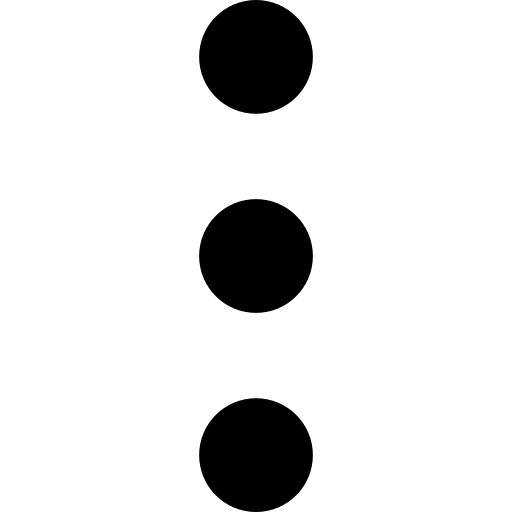
 Add to Favorites
Add to Favorites Add to Reading List
Add to Reading List


